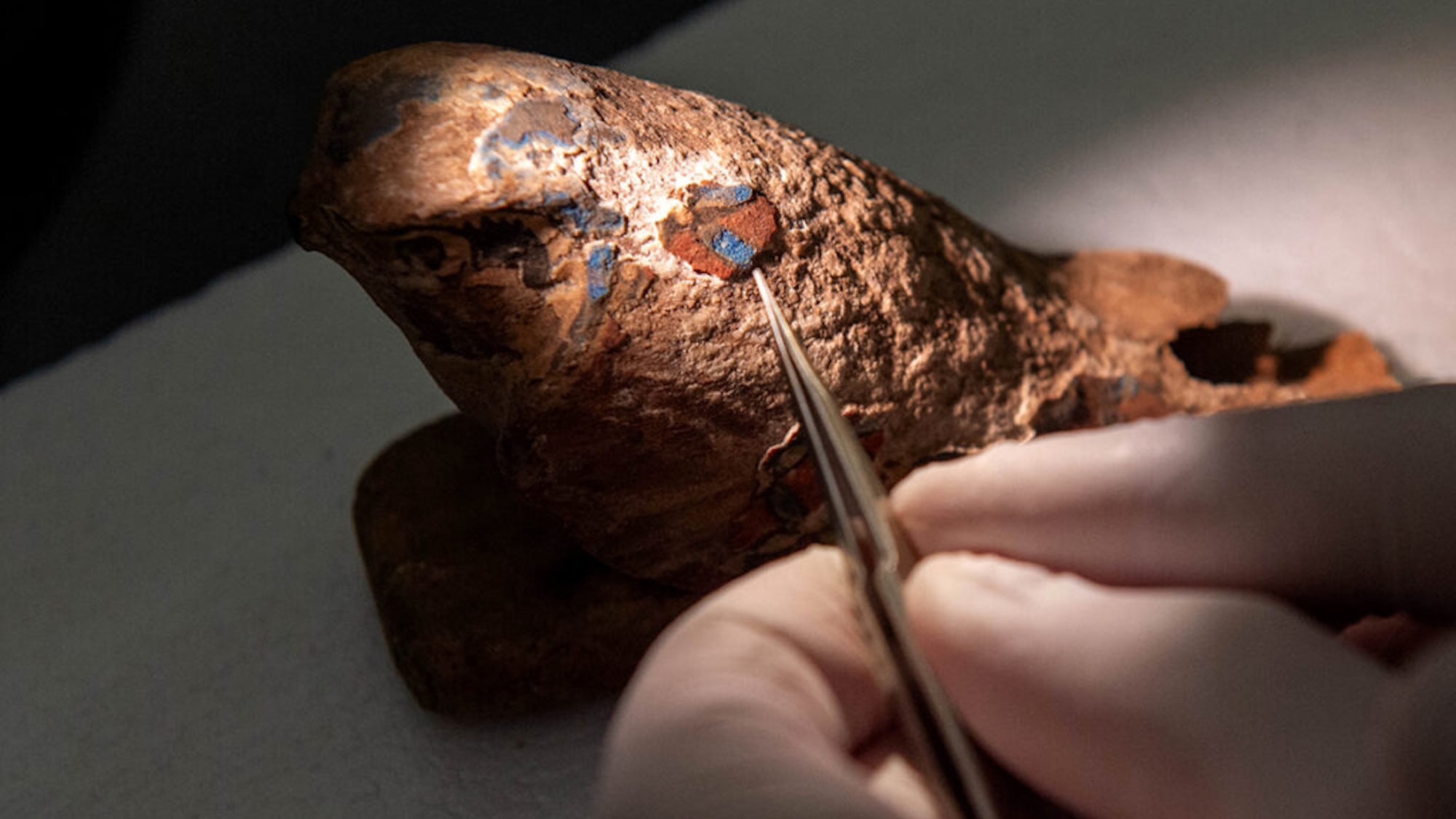Now Reading: Vertically Rolling Ball Defies Physics Expectations
-
01
Vertically Rolling Ball Defies Physics Expectations
Vertically Rolling Ball Defies Physics Expectations

Quick Summary
- Researchers at the University of Waterloo observed a groundbreaking phenomenon: a soft sphere rolling vertically down a glass surface.
- The sphere, made of gel polymer with elasticity similar to gummy bears and texture akin to mouse pads, exhibited this behavior due to specific physical properties.
- The rolling movement results from changing contact point asymmetry, allowing grip and friction necessary for vertical motion without sliding or falling.
- The speed of movement is slow-approximately 0.5 millimeters per second.
- Practical applications could include advancements in soft robotics, such as pipe inspections, cave exploration, or even devices for space exploration on the moon or Mars.
Images Included:
- Image: Rolling orb on glass surface (static photo)
Caption: Soft spheres like these may be useful in space exploration, inspecting pipes or exploring cave systems. Credit: University of Waterloo
- GIF: Orb visibly rolling vertically during laboratory demonstration
indian Opinion Analysis
This revelation by the University of Waterloo represents an intriguing challenge to physics conventions while offering avenues for technological innovation.For India-a country investing heavily in space technology and industrial infrastructure-the mechanics demonstrated here are worth attention due to their potential application. Imagine robots capable of maneuvering into tight spaces like pipelines and cave systems; these advances align with India’s ongoing focus on improving urban sanitation infrastructure and efficient resource extraction.
Additionally, potential usage in lunar and Martian missions fits well within India’s ambitions as evidenced by missions like Chandrayaan and Gaganyaan programs. Incorporating this technology into robotics growth could enhance India’s competitive edge in global science innovations while addressing practical engineering challenges domestically.
By focusing investments toward soft robotics research inspired by breakthroughs like this one-and emphasizing cross-institutional collaborations-India can both bolster its international scientific reputation and tackle local challenges efficiently.



























